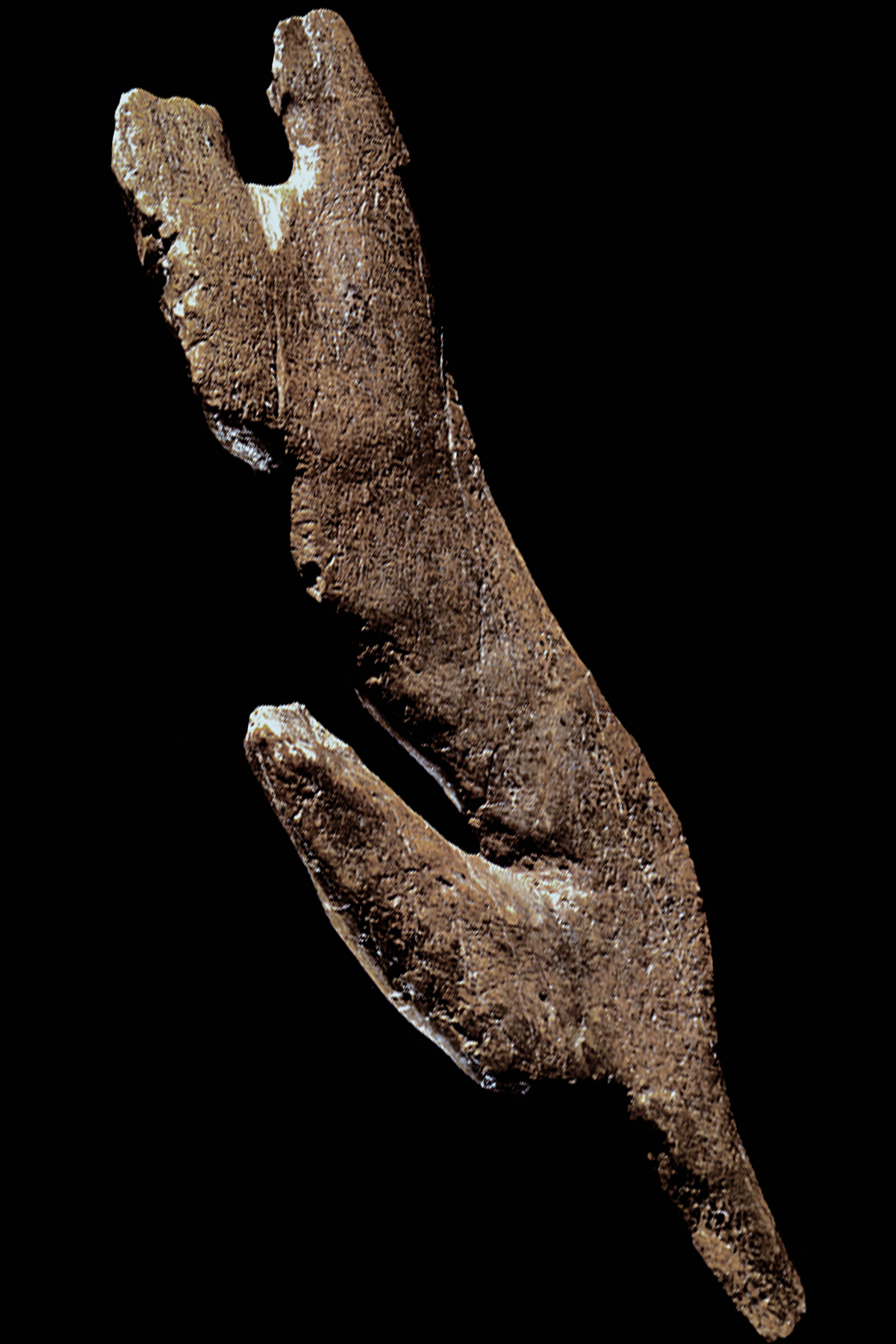


Sculptures of the Ice Age
Sculptures of the Ice Age - Exploring the Deeper History of Art
Leaping or Crouching Lion
Gravettian 29,000 - 28,000 years old

Dimensions
Height : -
Width : 21.5 cm
Thick : -
Gravettian
Culture taking its name from the La Gravette site, Dordogne, France, and lasted from about 28,000 years ago until 22,000 years ago. Original elements in Gravettian cave art include the use of hand stencils, and the type of female statuette widely but incorrectly known as 'Venus' first appear in the portable art of this period.
Source: Dr Jean Clottes